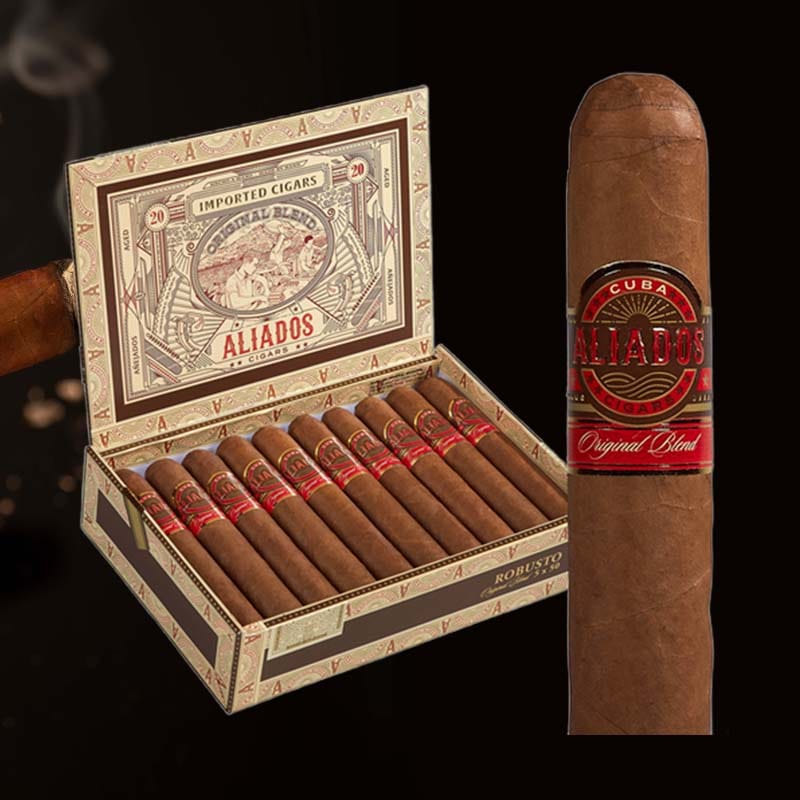How to turn on a torch lighter
How to Turn On a Torch Lighter
As a cigar enthusiast, nothing beats the thrill of lighting up a fine cigar. However, mastering the art of using a torch lighter can be a journey filled with misfires and frustrations. I still vividly remember my first attempt—fumbling with the lighter, palms sweating, and the flame evaded me more than once! But with a little practice and the right information, I’ve become more adept at lighting my cigars to perfection. So, let’s delve into how to turn on a torch lighter and elevate your smoking experience!
Safety Considerations
Before you even think about igniting that lighter, let’s talk safety. It’s no fun realizing you’ve skimped on essential safety practices.
1. Always Use in a Well-Ventilated Area
I cannot stress this enough! Whether indoors or outdoors, ensure there’s sufficient airflow around you. The fumes from the butane can accumulate and be hazardous, so make it a habit to light up in an area with plenty of ventilation.
Tools You Need
Getting the right tools for the job is half the battle won. So, here’s what you will need.
1. Quality Butane
Investing in high-quality butane is crucial. I’ve learned the hard way that cheaper options can clog the lighter, causing messy ignitions. Brands like Zippo or Colibri have served me well in the past, ensuring a clean and consistent flame every time.
Steps to Turn On a Torch Lighter
Ready to get started? Here’s a detailed step-by-step breakdown to ensure a smooth ignition.
1. Prepare Your Work Area
Clear any clutter and find a stable surface. I like to have my cigars within arm’s reach—convenience is key.
2. Allow the Lighter to Reach Room Temperature
If your torch lighter has been in a cold environment, let it warm up a bit. Cold butane doesn’t ignite well!
3. Inspect the Lighter Before Use
Check the lighter for any visible damage or clogs. A quick inspection has saved me quite a few frustrating moments!
4. Adjust Flame Height and Settings
Most lighters come with an adjustable flame feature. I prefer a medium flame for my cigars, striking that balance between speed and control.
5. Ignite the Lighter
Press down on the ignition button or trigger while holding the flame away from yourself. It feels empowering as that satisfying jet of flame bursts forth!
6. Test the Flame
Before lighting up my cigar, I like to give the flame a quick test. A steady, controlled flame indicates a reliable lighter.
7. Use with Proper Lighting Technique
When lighting a cigar, aim the flame at the foot of the cigar, keeping it just above the tobacco. Practice makes perfect, and it’s wonderfully satisfying to achieve that first draw!
Troubleshooting Tips
Even the best torch lighters can face hiccups. Here’s how I’ve handled the common issues.
1. Check for Gas Leaks
A little soap and water can detect leaks. If bubbles form, it’s time to repair or replace your lighter.
2. Adjust Flame If Not Igniting
Sometimes, simply adjusting the flame height can solve ignition issues. I’ve done this more than once when faced with a stubborn lighter.
3. Clean the Nozzle and Jets
Over time, residue can build up. I find a quick clean with a soft brush can work wonders, ensuring an unobstructed ignition and consistent flame.
Common Mistakes to Avoid
Let’s avoid the pitfalls I’ve faced along the way. Here’s what to steer clear of:
1. Overfilling with Butane
Filling beyond the marked line can cause butane to leak out when you ignite. Trust me, less is more!
2. Igniting Without Proper Flame Height
Setting the flame too high can lead to poor lighting technique, and trust me, burnt cigars are no fun at all!
Storing Your Torch Lighter
Proper storage is essential for longevity.
1. Store in a Cool, Dry Place
Moisture can damage the lighter’s internals. I keep mine in a designated box away from humidity.
Proper Lighting Techniques for Cigars
Now that your torch lighter is ready, here’s how to light that cigar properly.
1. Toasting the Foot of the Cigar
Before lighting, I gently toast the foot—slowly rotating it around the flame. The warmth enhances the cigar’s flavor.
2. Rotating While Lighting
As I light the cigar, I rotate it to ensure an even burn. It feels so rewarding to see the foot glowing evenly!
Maintaining Your Torch Lighter
Just like my cigars, I believe in extra care for my lighters.
1. Regular Cleaning
A soft cloth to wipe the exterior and a brush for the nozzle goes a long way in keeping things running smoothly.
2. Checking and Refilling Butane
I always keep an eye on the fuel level. Refilling when it runs low ensures I’m never caught unprepared!
Related Accessories
Maximizing your smoking experience also involves the right accessories.
1. Best Butane for Torch Lighters
Look for butane labeled as high-purity. It’s a small investment for a significant difference!
2. Recommended Cigar Cutters
I highly recommend a double guillotine cutter for clean, precise cuts—your cigar deserves it!
FAQs About Torch Lighters
1. Can I use any butane for my torch lighter?
No, it’s best to use high-quality butane to avoid clogging and ensure a clean burn.
2. Why isn’t my lighter igniting?
Common issues might include low butane, clogs, or incorrect flame height. It’s worth troubleshooting to find the source!
Conclusion
Recapping, turning on a torch lighter isn’t just about flicking a flame; it’s about creating an experience. The joy of lighting a cigar, the aroma, and the gathering of friends makes it all worthwhile. With practice and understanding of these techniques, you’ll be lighting up your favorite cigars in no time, confident and ready to enjoy every moment!













